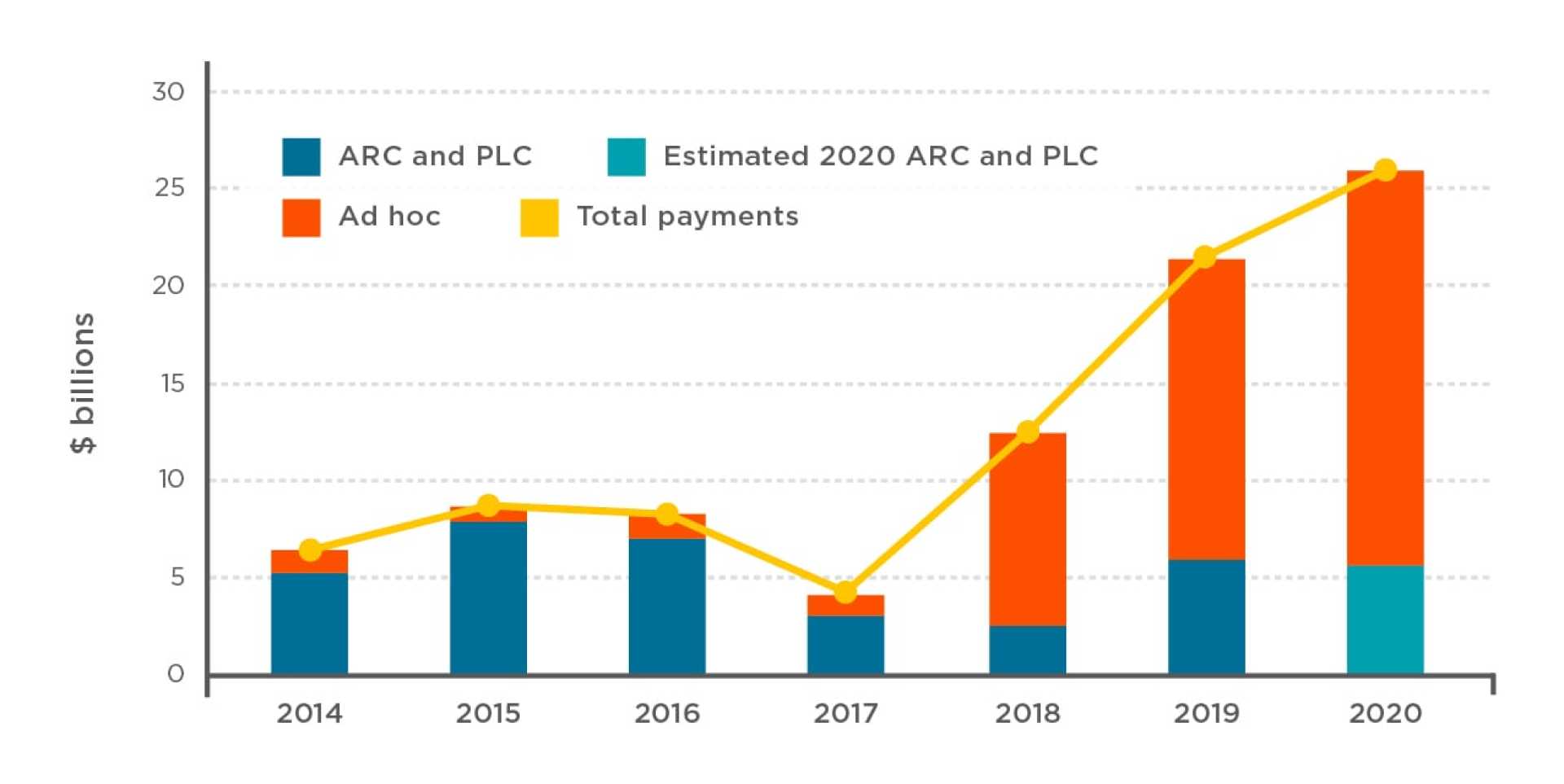Business
Trump Administration Pursues Red Tape Reduction for Farmers Amid Staffing Cuts

Washington, D.C. — The Trump administration is taking steps to eliminate bureaucratic obstacles for farmers, according to a new policy agenda released by the Agriculture Department on Monday. This initiative aims to streamline access to farmer programs, especially for small family farms.
Agriculture Secretary Brooke Rollins emphasized the importance of addressing challenges farmers face, stating, “Putting Farmers First means addressing the issues farmers face head-on and fostering an economic environment that doesn’t put up roadblocks on business creation but removes them.” The department plans to conduct an internal audit to identify and digitize paper-based applications.
In addition to these efforts, the USDA is exploring shared services platforms for financing programs in its Farm Service Agency and Rural Development office. Rollins noted that making USDA resources usable and accessible is essential for successful implementation.
The policy agenda coincides with a broader restructuring within the department that includes significant job cuts. Reports indicate that USDA has lost many employees through “deferred resignation” offers, raising concerns about the agency’s capacity for service improvements.
Amira Choueiki Boland, chief of staff at New America‘s New Practice Lab, expressed skepticism about the administration’s ability to provide quality service without adequate staffing. “It’s disappointing, because these are literally efforts and teams the first Trump administration started,” she said.
Previous efforts to simplify farm loan applications began during the first Trump administration and continued under President Biden, including a streamlined application that was shortened by 16 pages in 2023. However, staff reductions are complicating these initiatives further.
As USDA continues to lose about 30% of its IT staff, the path ahead for digitizing farmer programs remains uncertain. Experts are questioning how the agency will effectively meet farmers’ needs with a diminished workforce.












